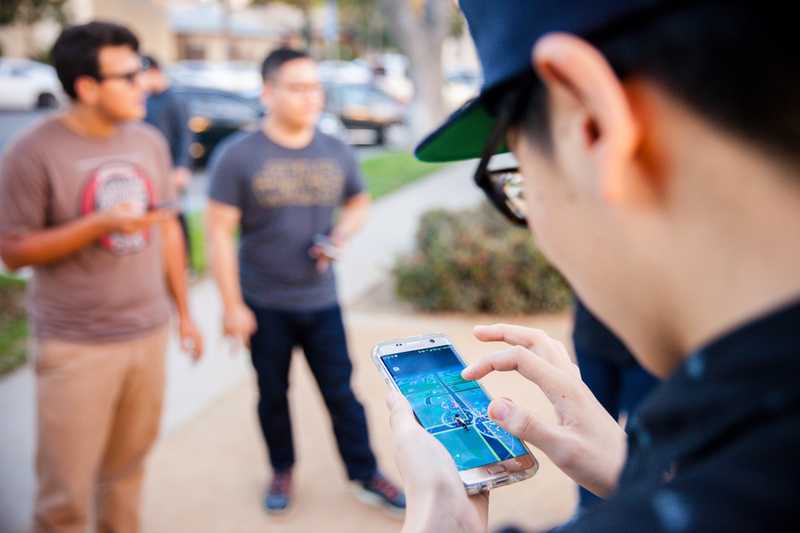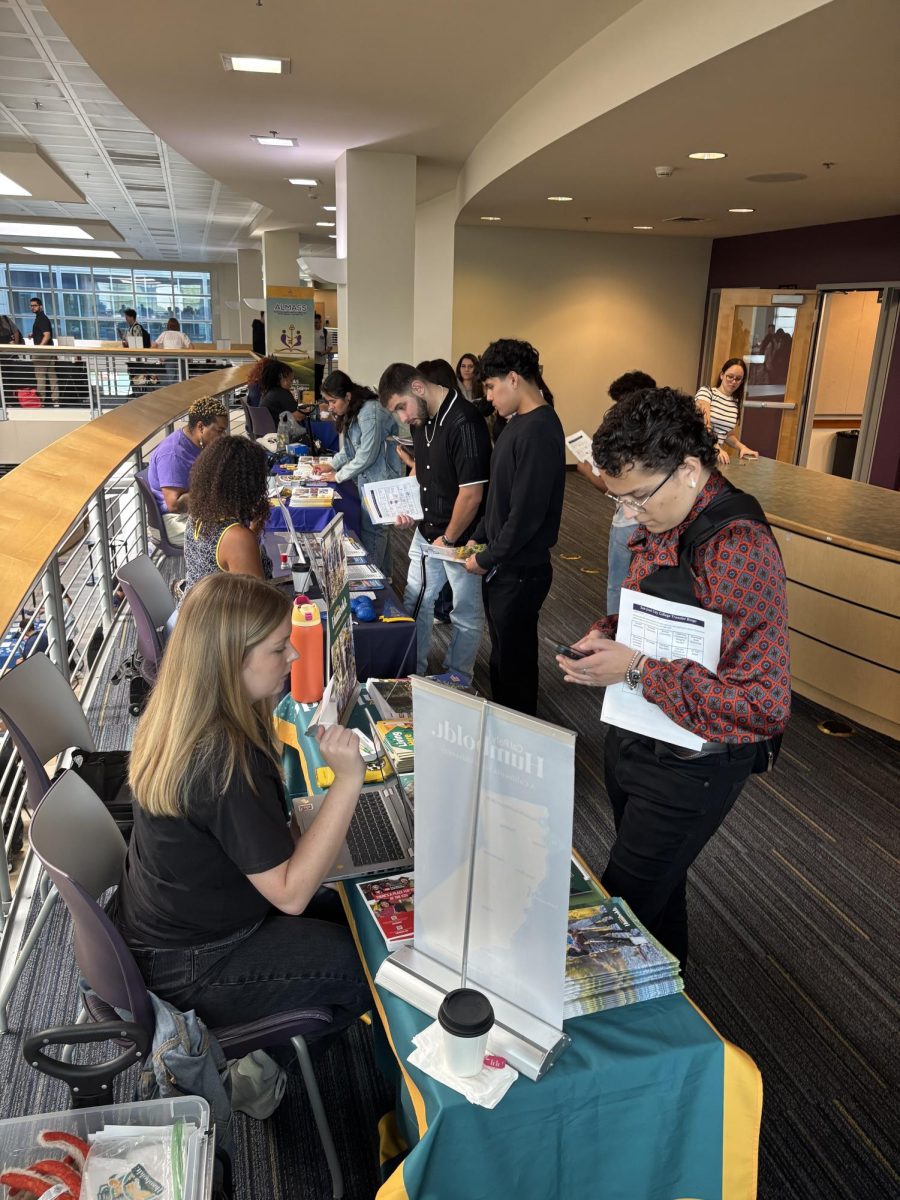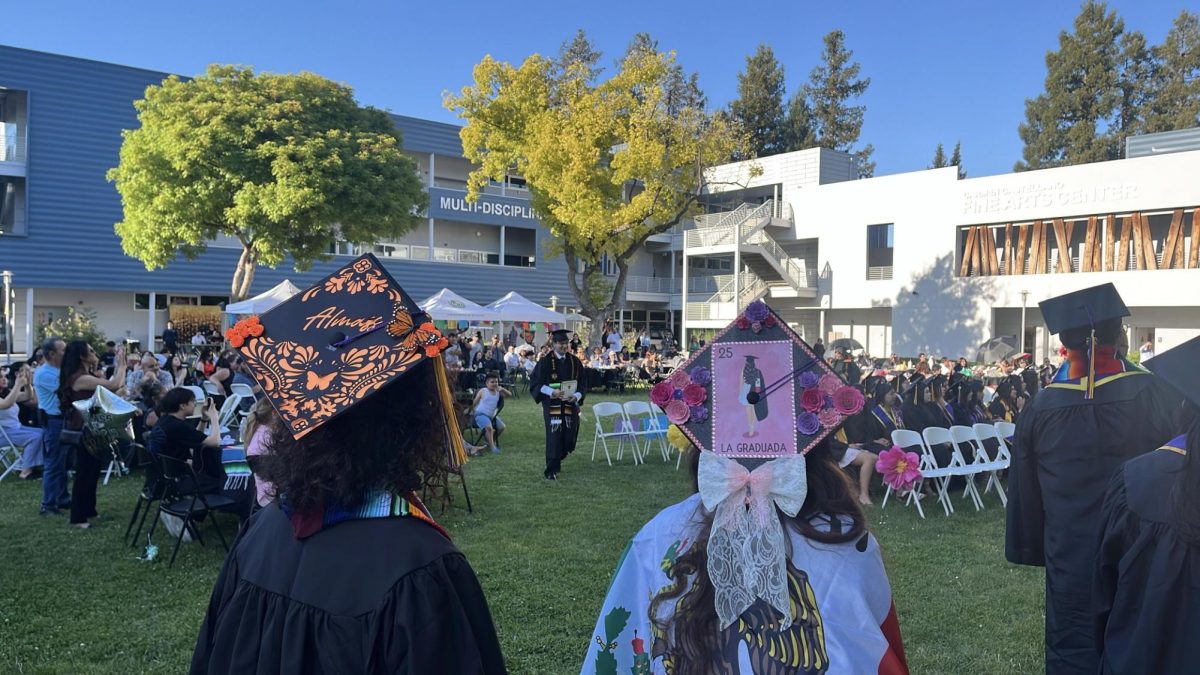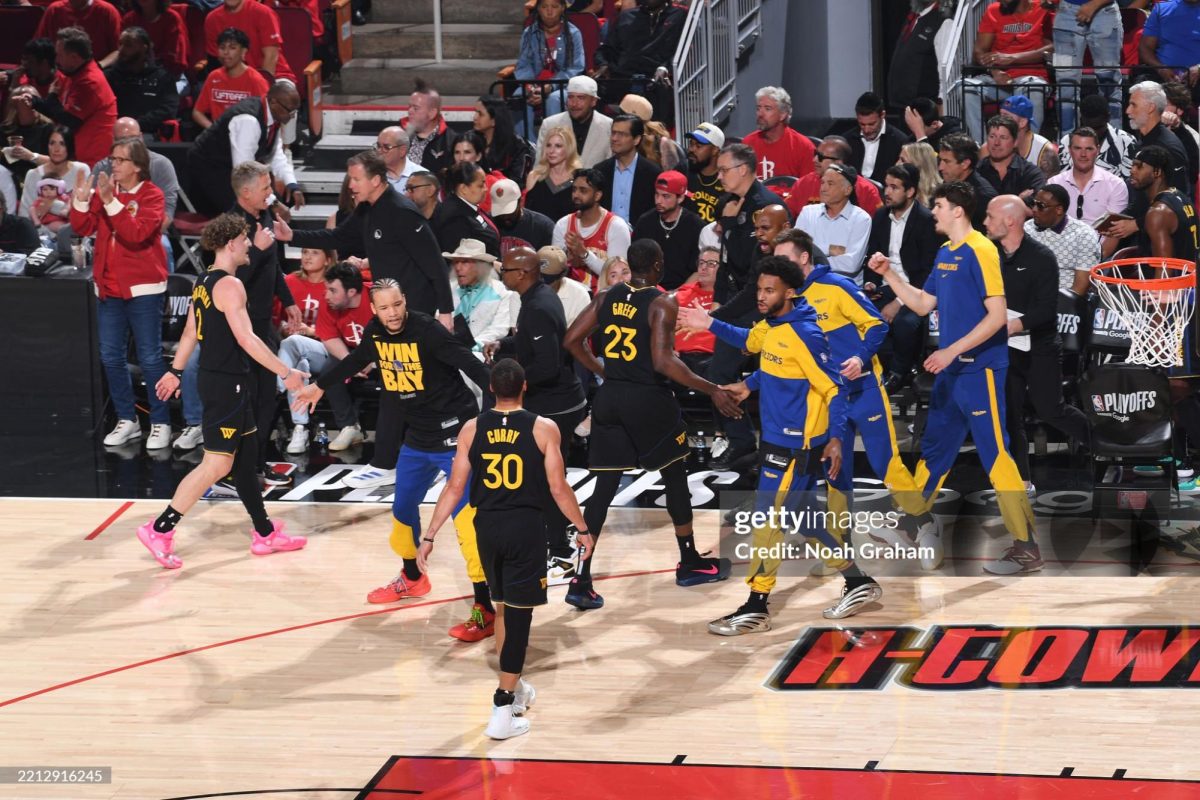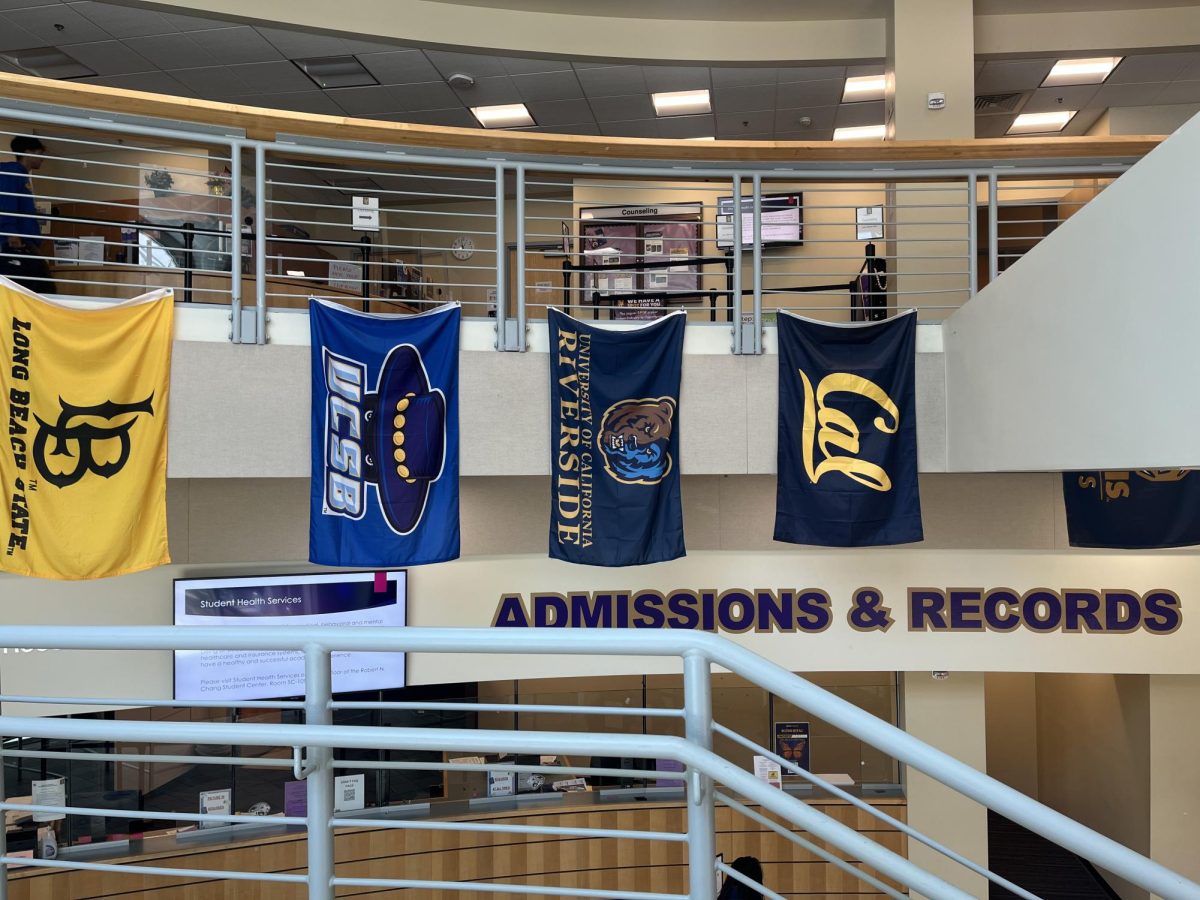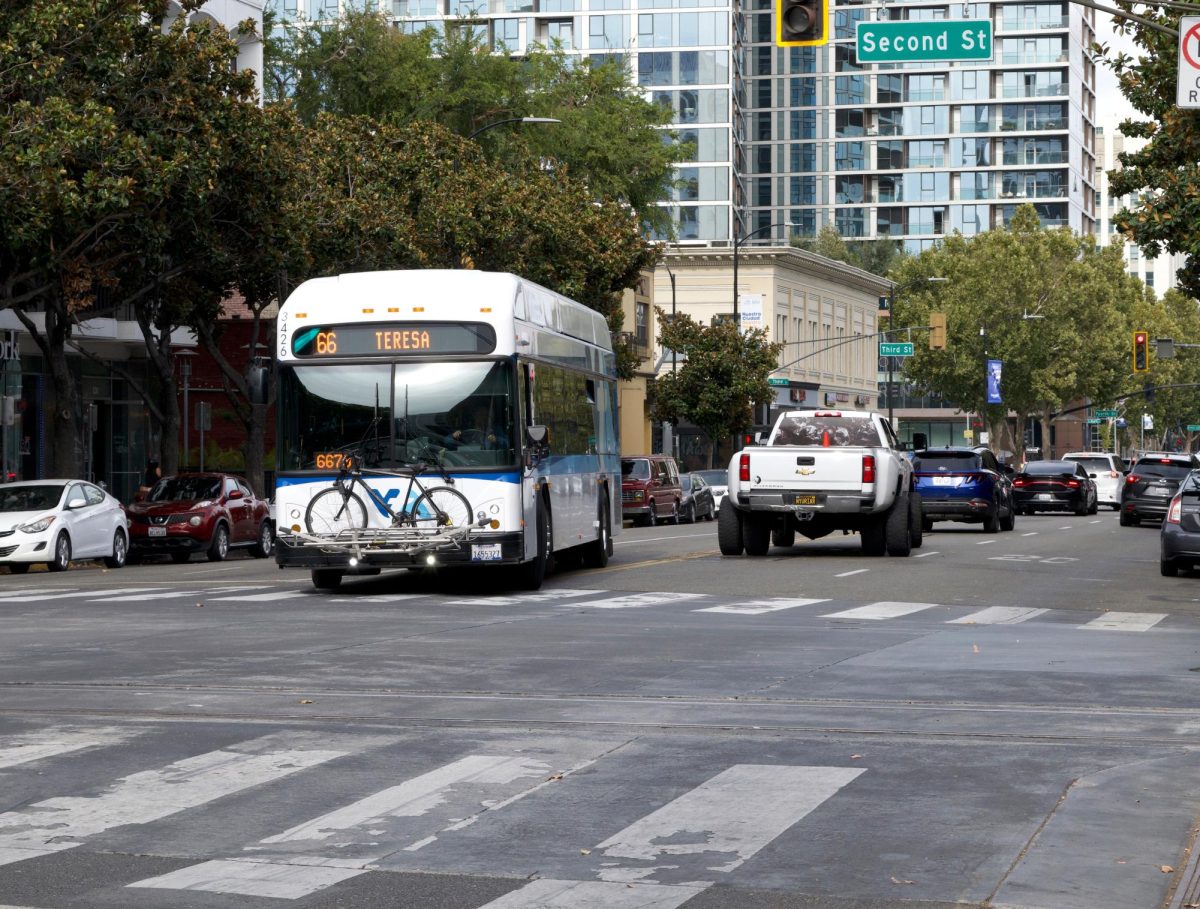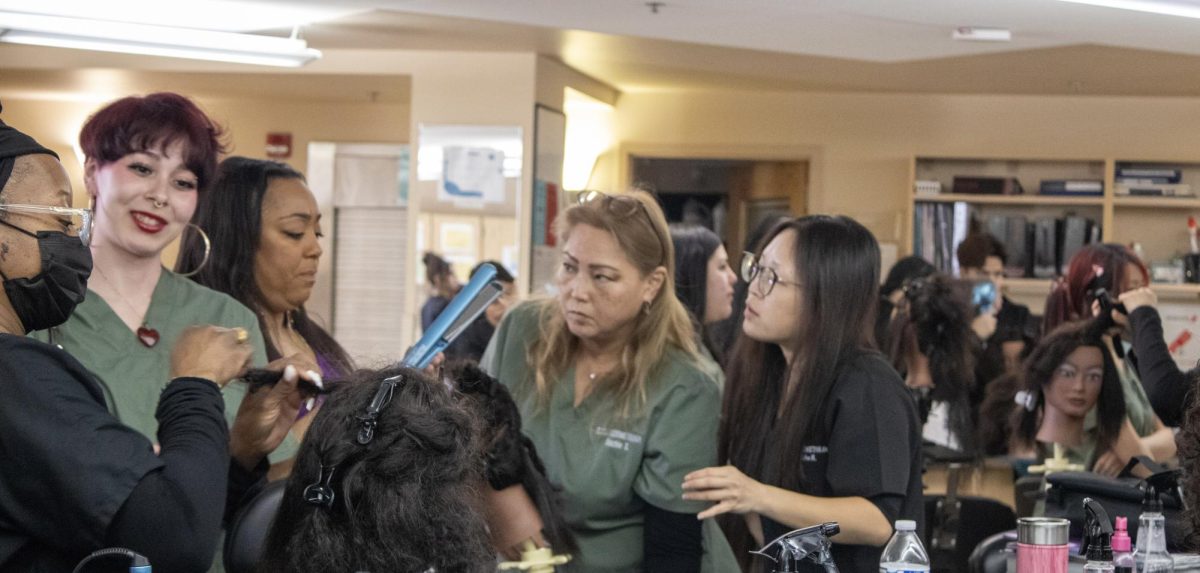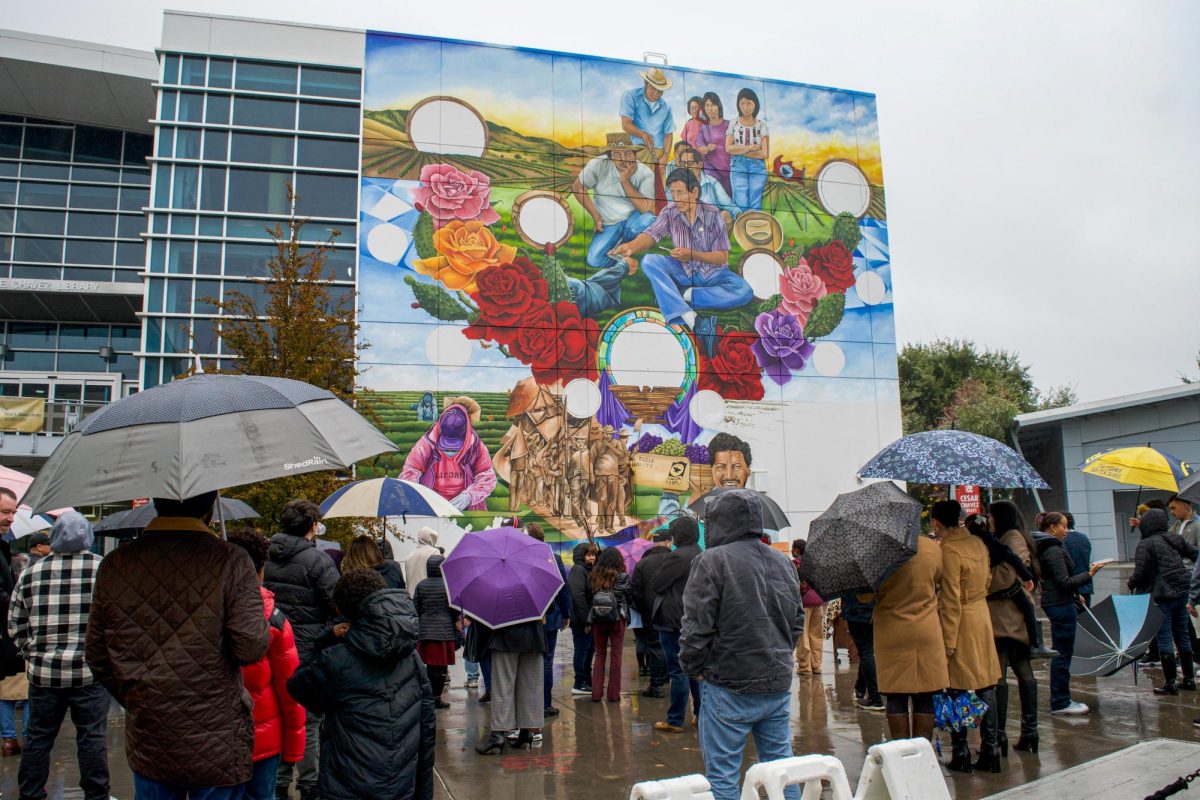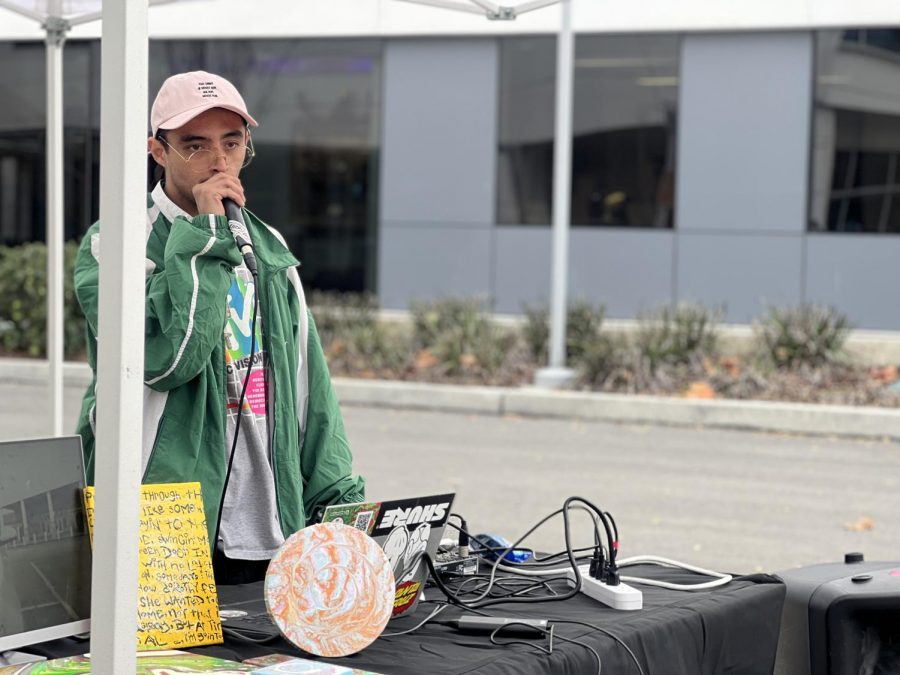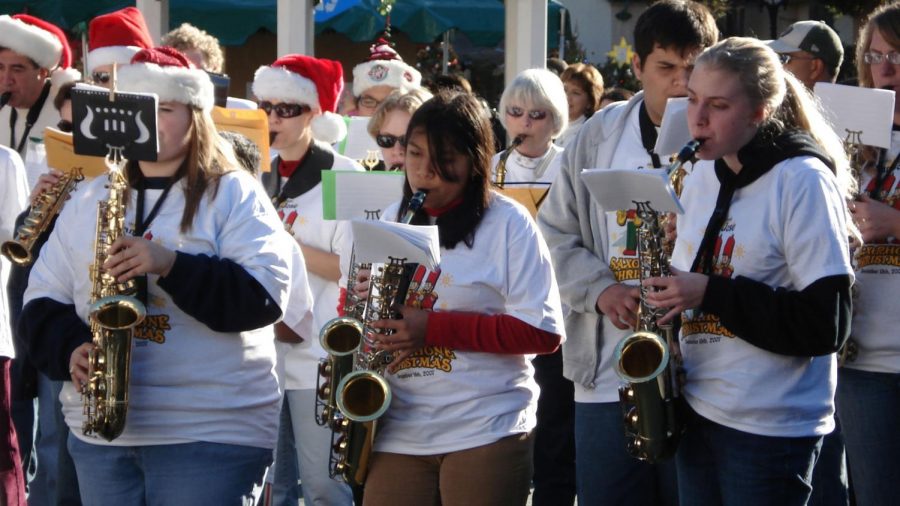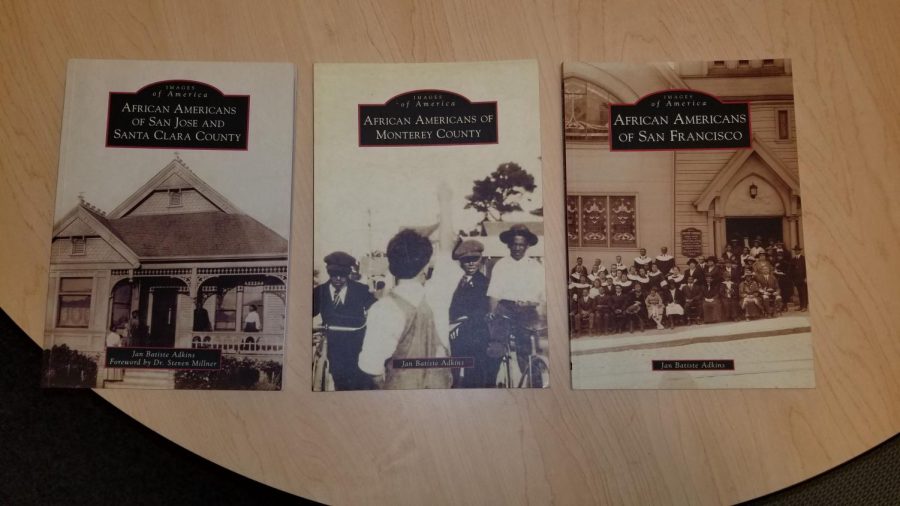Come to the world where only Pokémon Go players dare to tread.
Have you heard about the Pokémon global phenomenon? If not, be prepared to be amazed at the hidden virtual world found right here on your very own college campus.
This summer a mapping system company took the Pokémon to the next level – as an argumentive, virtual world found between the layers of cyberspace and your personal cell phone.
That’s right, there are hundreds upon hundreds of characters you can meet walking on the paths of these hallowed grounds.
There are three major hotspots, called “gyms,” where you can find characters and battle them in an attempt to capture them. “Almost every church and hospital has a gym,” as well as, “art installations, such as the ‘Peace and Love’ poles,” communication instructor Christopher Lancaster, said. The campus gyms are located at the greenhouse, and “Peace & Love” poles near the Technology Center and between the Cosmetology and Fitness Center.
How did this all get started? According to The Pokémon 20th Anniversary web page www.pokemon20.com, started, on February 27, 1996, as Gameboy games: Pokémon Red and Pokémon Green. Eventually, it blossomed into a Japanese Anime movie (November 1999) and has taken the world by storm for over 20 years.
“Like Transformers, it was an effort to tie a television story to a game and later a toy,” Lancaster said.
The latest incarnation, “Pokémon Go” (Released July 7) is an international game created by the Niantic Corporation on their Ingress GPS Platform
Student Melissa Martinez showed SJCC Times her iPhone version. Visually, the computer app is a fascinating cross between two other apps: Google Earth (GE) and Google Sky (GS). Google Earth shows you the 3D map view of the planet. Google Sky shows you every constellation and star in front of you – even through the ground at your feet. In the regular mode (GE), you see the next Pokémon location. However, if you have an iPhone, the virtual reality mode (GS) shows characters as if they are right in front of you. With the next Buddy system update, Pokémon’s will go walking with you.
Local student gurus Carlos Lopez (120 captures) and Nelson Aleman (111 captures) were kind enough to explain the premise of the game, nearby hot parks and give their feedback on the game.
Essentially, you capture every Pokémon in your realm, your region, and the world – one man gave up his job and went hunting globally just for bragging rights. There are three (3) main gym teams: Red-Valor equals low combat points (cp) 200-300, Blue-Mystic equals medium cp 300-600, and Yellow-Instinct equals high cp 600+. Neutral gyms devoid of characters are gray. Each character appears for ten (10) minutes and you can fight them, win and place them in your pouch.
Pokémon stands for pocket monsters. If you need more time to attract, spawn and capture them, then there are several options that provide an extra 30 minutes: incense, lures, and lucky eggs. Incense creates an attractive aura around you. Lures attract rare Pokémon. Lucky eggs double catching time, evolving your characters and activate Poké Stops.
Why would you want to enter a Stop?
Because, it is exhausting to fight all the time. A stop replenishes your energy levels, provides healing potions and revises your game.
Obviously, there are two different ways to increase your chances. You can work with a team and earn them with free sweat, or you can purchase coins. The best purchasing strategy is to obtain incubators, hatch 9 eggs for 150 coins each and which then help you attract more Pokémon. Or just throw berries at Pikachu and he’ll help you.
Gift cards can be purchased in the Campus Bookstore.
The hottest park to visit is the Guadalupe River Park near the SAP Center. It has 10 gyms and on any given has about 200 people looking for Pokémon – with increases on the weekends.
Lopez said, that Pokémon Go was “more fun because you meet more people” playing the game. There are also tremendous health benefits. Region-specific Pokémon requires you to walk several kilometers (2K, 5K, and 10K) never going more than 15 mph.
However, Nelson pointed out that the card game is “a lot more fun” and you don’t waste “30 percent of your battery life.” The cards allow you “more strategy, card trading, and one-on-one interaction” – Right here on campus.
If you are interested, both students can teach in the Cyber Café.
The free computer app can be downloaded from Google Play or iTunes.

